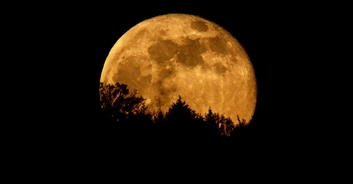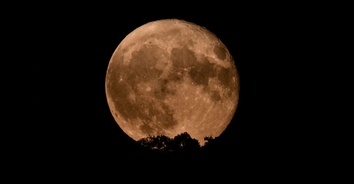On Sunday evening, various parts of the world were treated to a highly unusual sight in the sky. The moon was not only much larger than normal, but had a reddish tinge to it; and, while many scientific curiosities have lengthy hard-to-remember names, this one has an incredibly dynamic one: the super blood wolf moon.
The Sun, Earth and Moon were aligned, creating a lunar eclipse, while the moon was also at its closest point to the Earth in its orbit, making it appear to be much larger in the sky. This large size is why it's called a 'super moon', which isn't a scientific term as there's no exact definition of how close it has to be, but it can apparently be up to 14% larger in diameter than the smallest full moon, according to NASA.
The 'blood' refers to the red hue the moon takes during the eclipse, while the 'wolf' part comes from the time of the year. This likely originates from the Old Farmer's Almanac, which said that January is the month when wolves howled at the moon. This moon was visible in South and North America, in addition to Western parts of Africa and Europe, and some spectacular photos were taken:
Newcastle Upon Tyne, England








The red colour comes from a phenomenon known as Rayleigh scattering, but even with the scientific explanation - it does look pretty ominous, doesn't it?


